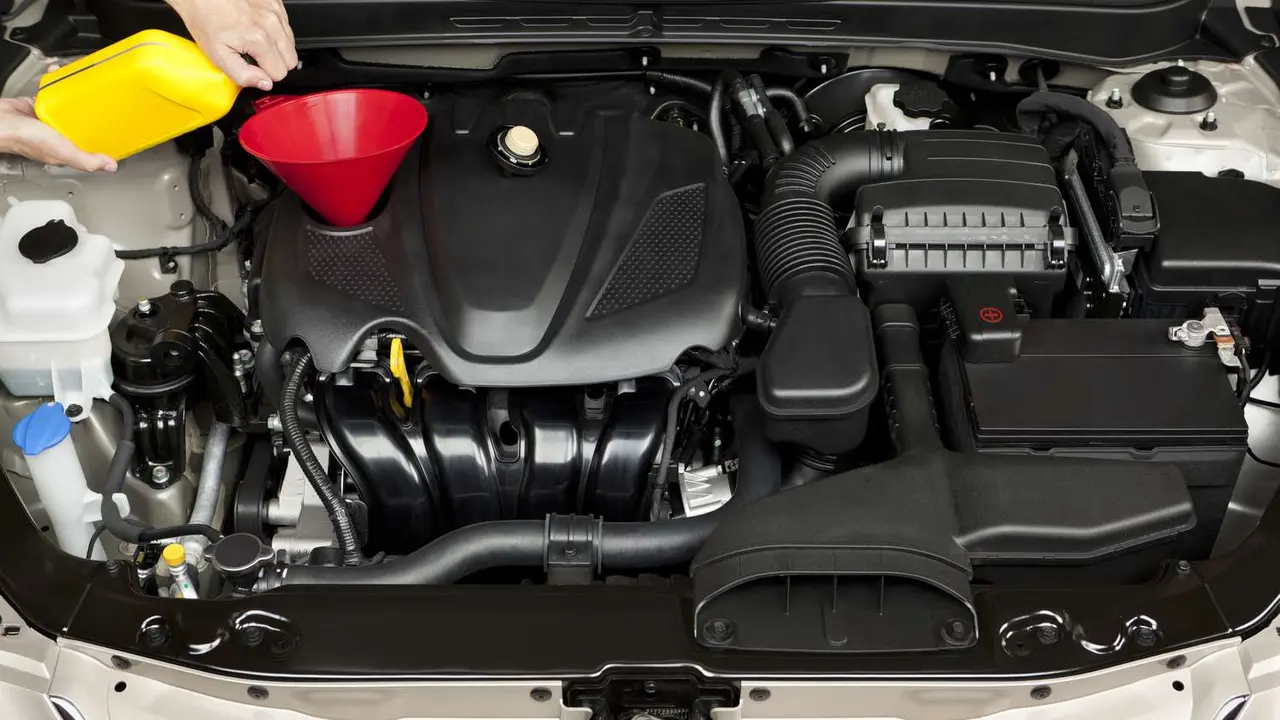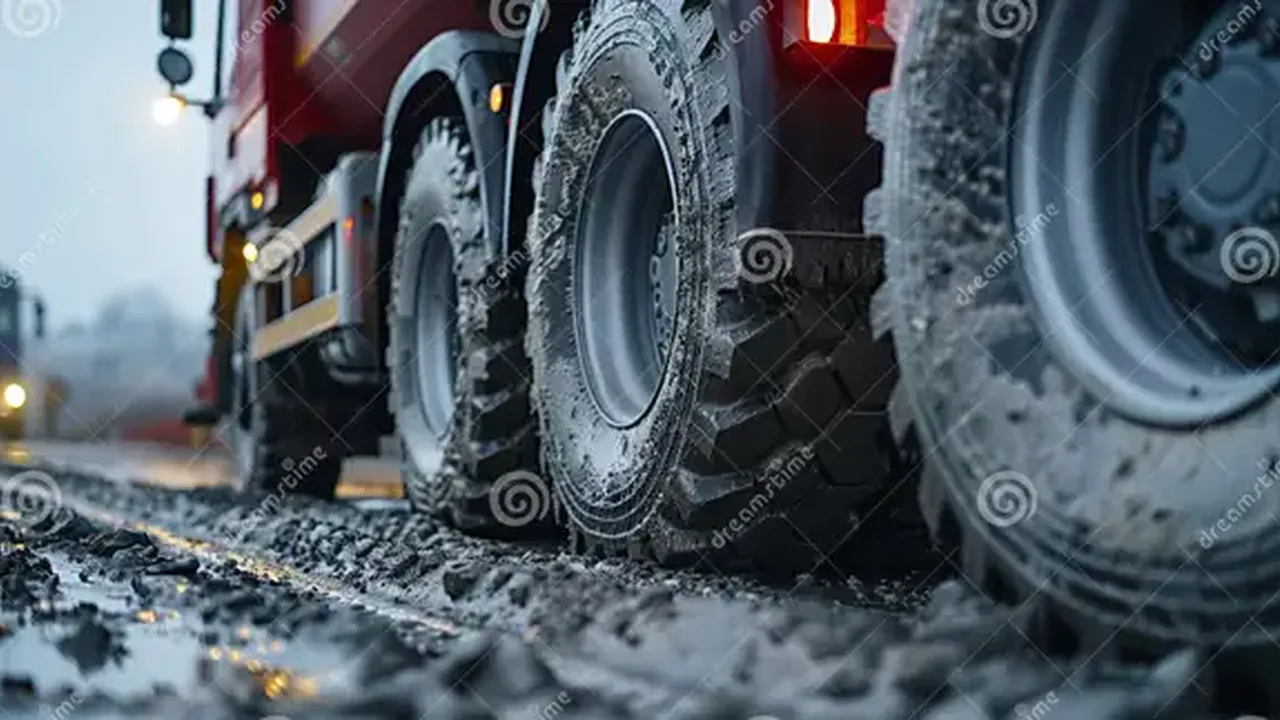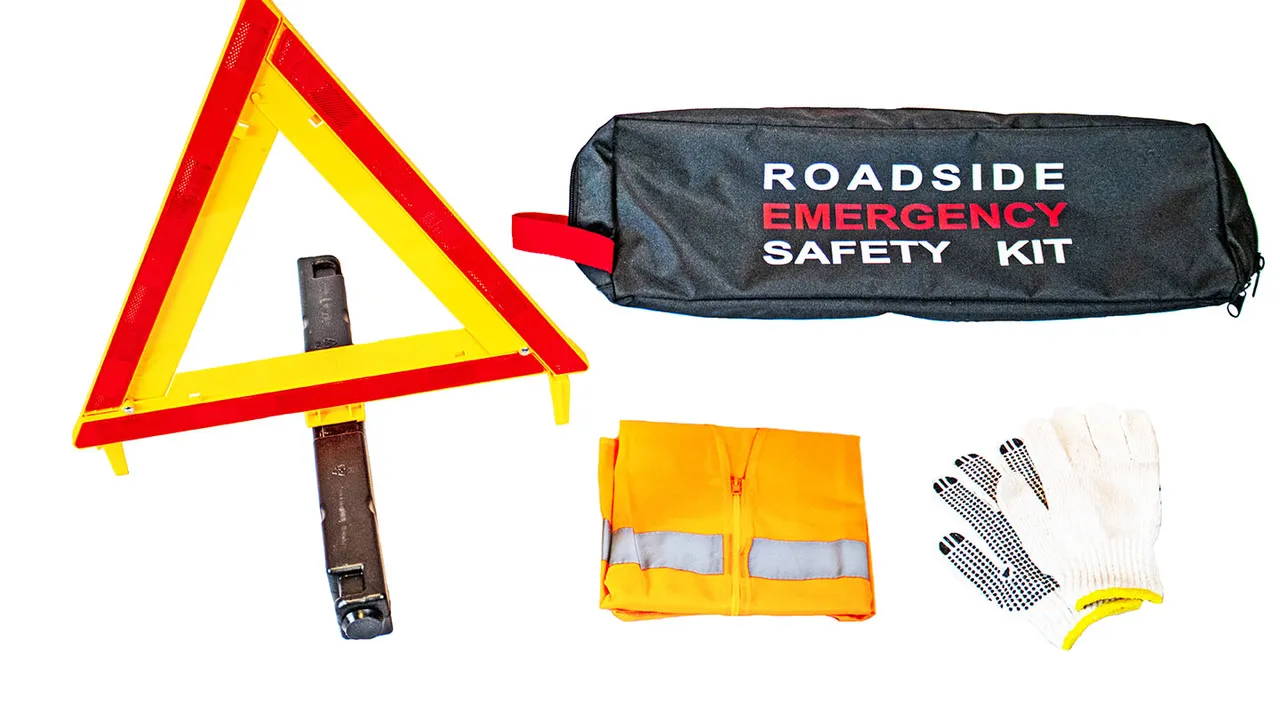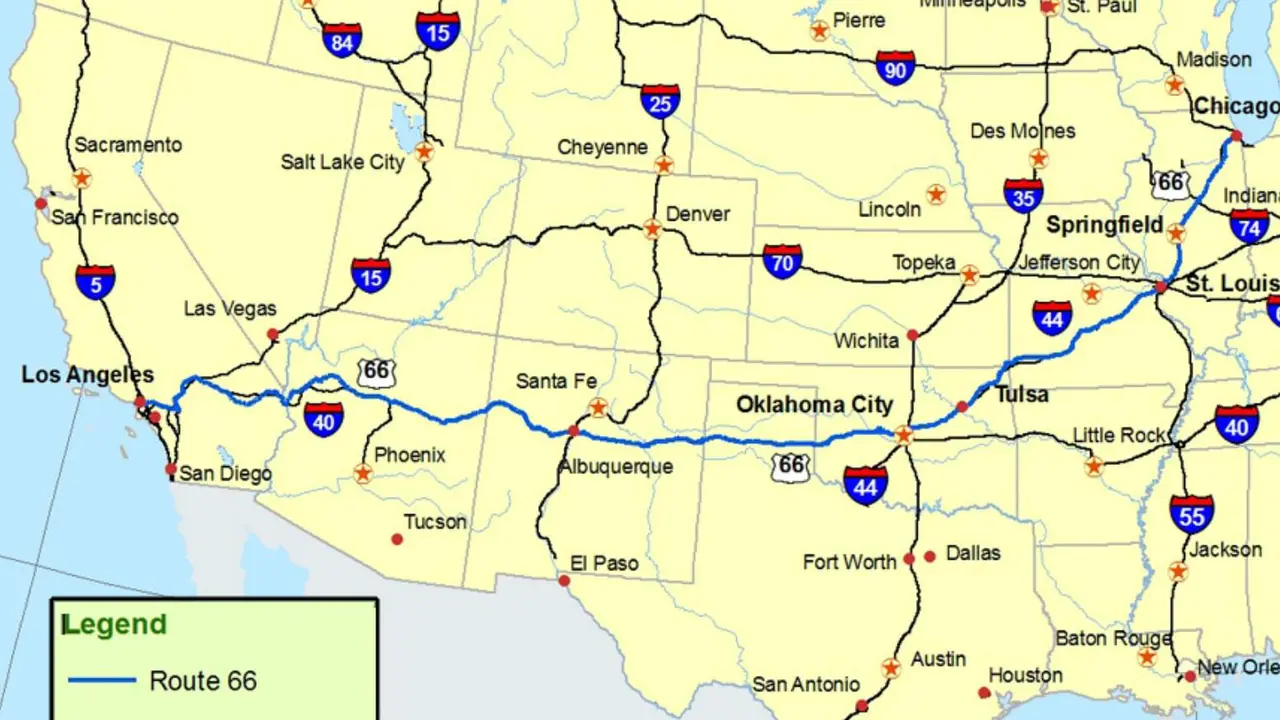How to Handle a Medical Emergency on the Roadside: First Aid
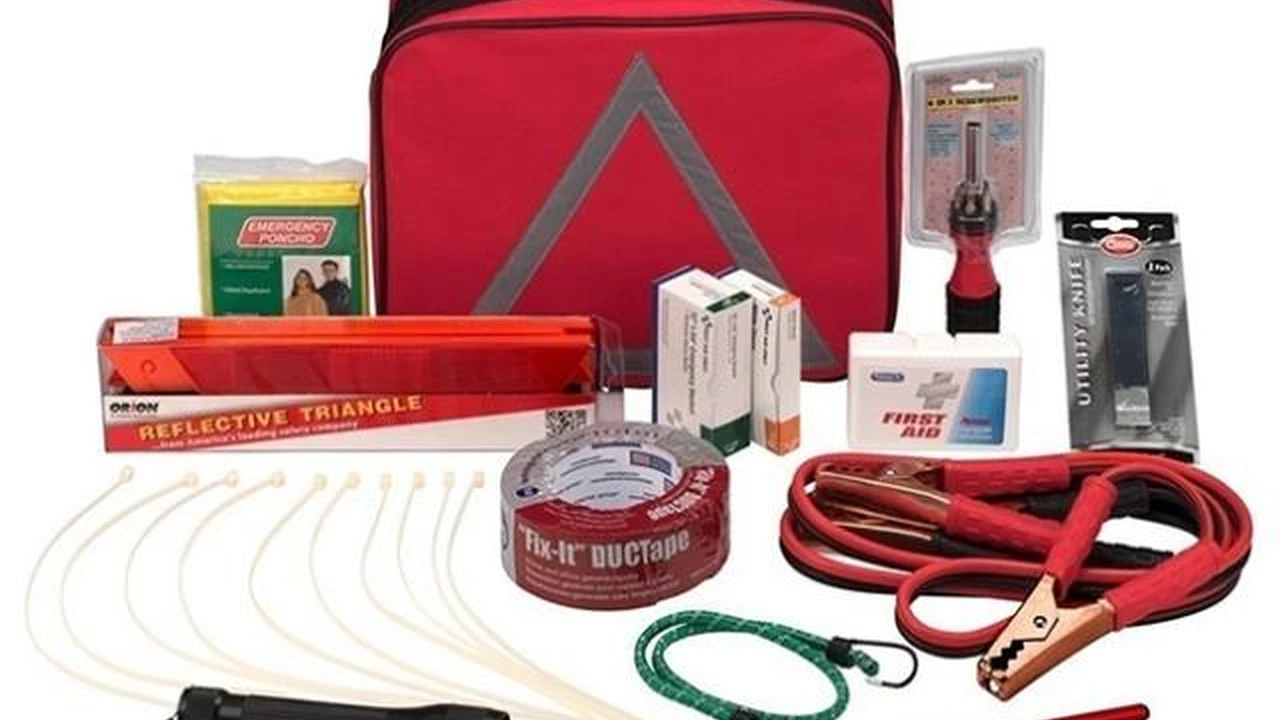
Roadside Medical Emergency First Steps What To Do Immediately
Okay, so you're cruising down the road, tunes are blasting, and suddenly BAM! You witness or are involved in a medical emergency. What now? Don't panic! Your quick thinking and actions can literally be the difference between life and death. First things first, assess the scene. Is it safe for you to approach? Are there hazards like oncoming traffic, fire, or downed power lines? If it's not safe, call 911 (or your local emergency number) and wait for professional help. Your safety is paramount!
Once you've determined it's safe, check the person's responsiveness. Gently tap them and shout, "Are you okay? Can you hear me?" If they're responsive, ask them what happened and where they hurt. If they're unresponsive, immediately call 911 (if you haven't already) or have someone else call. Put your phone on speaker! Tell the dispatcher exactly where you are (mile marker, cross streets, landmarks) and what's happening. They'll guide you through the next steps.
Check for breathing and a pulse. If the person isn't breathing, begin CPR. If they're breathing but unresponsive, place them in the recovery position (on their side) to help keep their airway open. Keep talking to them, even if they seem unconscious. Reassure them that help is on the way.
Essential First Aid Kit Items For Roadside Emergencies Must Haves
Having a well-stocked first aid kit in your car is like having a superpower. You'll be prepared to handle everything from minor scrapes to more serious injuries. So, what should be in your kit? Think beyond just bandages and antiseptic wipes.
- Adhesive bandages of various sizes: Crucial for cuts and scrapes. Get a variety pack!
- Sterile gauze pads: For cleaning and covering wounds.
- Medical tape: To secure gauze pads.
- Antiseptic wipes or solution: To clean wounds and prevent infection. Look for alcohol-free options.
- Pain relievers: Ibuprofen or acetaminophen for pain and fever.
- Antihistamine: For allergic reactions. Diphenhydramine (Benadryl) is a common choice.
- Burn cream: For minor burns.
- Tweezers: For removing splinters or debris.
- Scissors: For cutting bandages or clothing.
- CPR mask: To protect yourself during CPR.
- Emergency blanket: To keep someone warm in cold weather. Those foil blankets are lightweight and pack small.
- Gloves (non-latex): To protect yourself from bodily fluids.
- First aid manual: A quick reference guide for common injuries and illnesses.
- Instant cold pack: For sprains and strains.
- Tourniquet: Only use if you are trained!
Treating Common Roadside Injuries First Aid Techniques
Okay, you've assessed the situation and have your first aid kit. Now what? Let's run through some common roadside injuries and how to handle them.
- Cuts and Scrapes: Clean the wound thoroughly with antiseptic wipes or solution. Apply a bandage. If the bleeding is severe, apply direct pressure with a clean cloth.
- Burns: Cool the burn immediately with cool (not ice-cold) water for at least 10-20 minutes. Apply burn cream. Don't break any blisters.
- Sprains and Strains: Remember RICE: Rest, Ice, Compression, Elevation. Apply an ice pack for 20 minutes at a time, several times a day. Wrap the injured area with a compression bandage.
- Nosebleeds: Have the person sit upright and lean forward. Pinch the soft part of their nose just below the bony bridge for 10-15 minutes. Don't release pressure to check if the bleeding has stopped until the time is up.
- Allergic Reactions: If the person has an EpiPen, help them administer it. Call 911 immediately. Even if they feel better after the EpiPen, they still need to be checked by a doctor.
- Choking: If the person is coughing forcefully, encourage them to keep coughing. If they can't cough, speak, or breathe, perform the Heimlich maneuver.
CPR on the Roadside How To Perform Cardiopulmonary Resuscitation
CPR (Cardiopulmonary Resuscitation) is a life-saving technique used when someone's heart has stopped beating. It involves chest compressions and rescue breaths. Here's a simplified guide:
- Call 911: Or have someone else call.
- Position the person: Lay them on their back on a firm surface.
- Chest Compressions: Place the heel of one hand in the center of the person's chest, between the nipples. Place your other hand on top of the first. Push hard and fast, about 2 inches deep, at a rate of 100-120 compressions per minute. Think of the beat of the song "Stayin' Alive."
- Rescue Breaths: After 30 compressions, give two rescue breaths. Tilt the person's head back and lift their chin. Pinch their nose closed and make a complete seal over their mouth with yours. Give two breaths, each lasting about one second.
- Continue CPR: Continue cycles of 30 compressions and 2 breaths until professional help arrives or the person shows signs of life.
Important: If you're not trained in CPR, you can still perform compression-only CPR. This involves continuous chest compressions without rescue breaths. It's better than doing nothing!
Roadside First Aid Kit Product Recommendations and Comparisons Buying Guide
Okay, let's talk about some specific first aid kits and gear that are worth investing in. We'll look at different price points and features.
Premium Roadside First Aid Kits High End Options
If you want the best of the best, these kits offer comprehensive supplies and durable construction.
- First Aid Only All-Purpose First Aid Kit (326 Piece): This kit is packed with everything you need for a wide range of emergencies. It includes a variety of bandages, gauze, antiseptic wipes, medications, and tools. Price: $30-$40. Good for families and long road trips.
- DeftGet First Aid Kit, 205 Pieces: This kit is compact and lightweight, but still contains a good selection of essential supplies. It's a great option for smaller cars or for backpacking. Price: $20-$30. Ideal for individuals and short trips.
Budget Friendly Roadside First Aid Kits Affordable Choices
You don't have to break the bank to be prepared. These kits offer good value for the money.
- Johnson & Johnson All-Purpose First Aid Kit (140 Piece): A solid, basic kit with the essentials. Reliable brand and good for minor injuries. Price: $15-$20. Perfect for basic needs.
- Surviveware Small First Aid Kit: While marketed as "small," this kit packs a punch. Well-organized and durable. Price: $30-$40. Great for keeping in the car.
Specialty Roadside First Aid Items and Gear Enhancements
Beyond the basic kit, consider adding these items for specific situations.
- Tourniquet (CAT Tourniquet): For severe bleeding control. Price: $30-$40. Requires training!
- CPR Mask (Pocket CPR Mask): Provides a barrier during rescue breaths. Price: $10-$15. Essential for hygiene.
- Emergency Hammer/Seatbelt Cutter: For escaping a vehicle after an accident. Price: $10-$20. A must-have for safety.
Using Roadside First Aid Gear Real World Scenarios
Let's walk through some scenarios and how you'd use your first aid gear.
Scenario 1: You're driving and a rock hits your windshield, sending shards of glass into your arm. You pull over safely. What do you do?
- Assess the scene: Make sure you're in a safe location, away from traffic.
- Put on gloves: Protect yourself from bloodborne pathogens.
- Apply pressure: Use a clean cloth or gauze pad to apply direct pressure to the wound to stop the bleeding.
- Remove glass: Carefully remove any visible shards of glass with tweezers.
- Clean the wound: Use antiseptic wipes to clean the wound thoroughly.
- Apply a bandage: Cover the wound with a bandage.
- Seek medical attention: If the cut is deep or the bleeding doesn't stop, seek medical attention.
Scenario 2: You witness a car accident. One of the drivers is unconscious and not breathing. What do you do?
- Assess the scene: Make sure it's safe to approach.
- Call 911: Or have someone else call.
- Check for responsiveness: Tap the person and shout, "Are you okay?"
- Check for breathing: Look, listen, and feel for breathing.
- Begin CPR: If the person isn't breathing, begin CPR.
Roadside Safety Tips Preventing Emergencies Before They Happen
The best way to handle a roadside emergency is to prevent it from happening in the first place. Here are some tips to stay safe on the road:
- Maintain your vehicle: Regular maintenance can prevent breakdowns.
- Drive defensively: Be aware of your surroundings and anticipate potential hazards.
- Don't drive distracted: Put away your phone and focus on driving.
- Get enough sleep: Drowsy driving is dangerous.
- Plan your route: Know where you're going and avoid getting lost.
- Carry emergency supplies: In addition to a first aid kit, carry water, snacks, a flashlight, and a cell phone charger.
- Let someone know your travel plans: Tell someone where you're going and when you expect to arrive.
First Aid Training Courses and Certifications Gaining Expertise
While having a first aid kit is great, knowing how to use it is even better. Consider taking a first aid and CPR course. The American Red Cross and the American Heart Association are two reputable organizations that offer these courses. You can learn valuable skills that could save a life.
These courses will teach you:
- How to assess a medical emergency
- How to perform CPR
- How to treat common injuries and illnesses
- How to use a first aid kit
Getting certified in first aid and CPR is a great way to be prepared for any emergency, on the road or anywhere else.
:max_bytes(150000):strip_icc()/277019-baked-pork-chops-with-cream-of-mushroom-soup-DDMFS-beauty-4x3-BG-7505-5762b731cf30447d9cbbbbbf387beafa.jpg)



